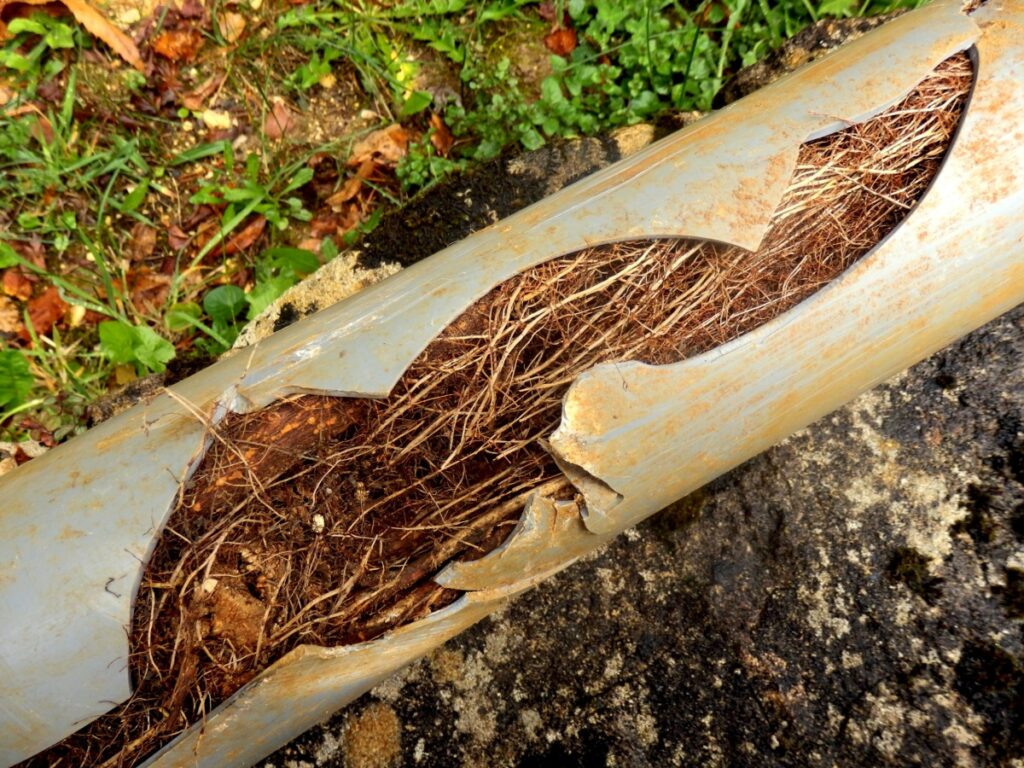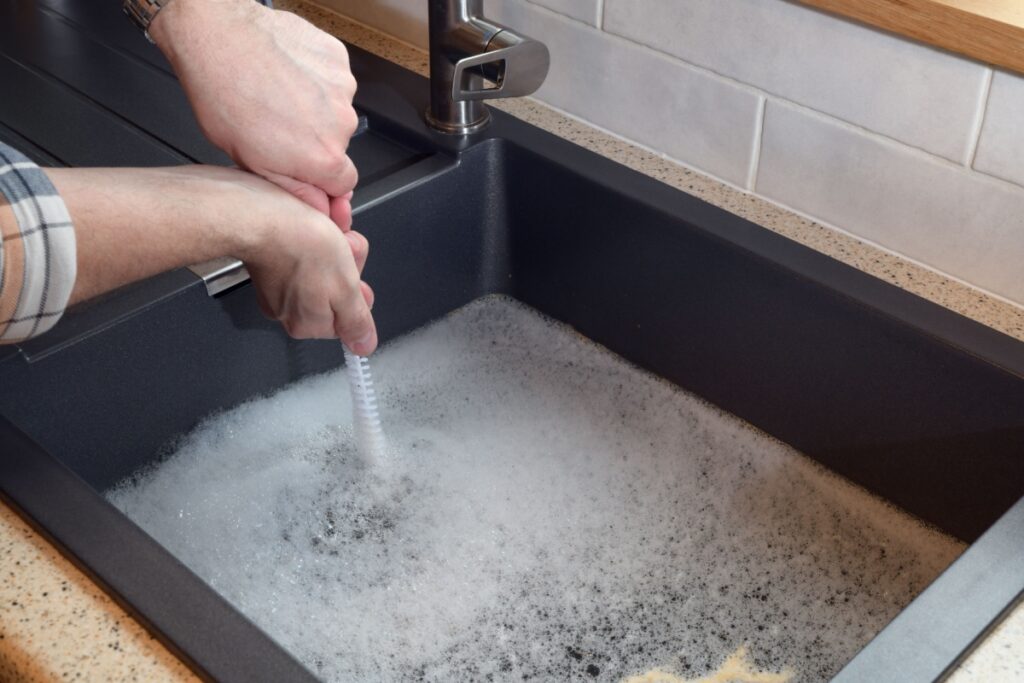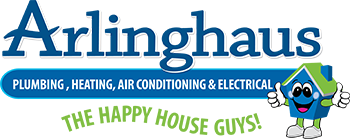A broken sewer line isn’t something to wave off. It demands your attention, and fast. Left unchecked, it can lead to unpleasant odors, potential health hazards, and costly damage to your property. But don’t worry; there are effective ways to fix this problem, and today, we’ll be discussing both traditional and trenchless options for repairing sewer lines. By the end, you’ll have a clear understanding of what your options are for sewer line repair.
Reasons for Sewer Line Problems
Before we can jump into how to fix a broken sewer line, it’s necessary that you understand the common causes of sewer line problems. Over time, sewer lines can be damaged due to a variety of reasons:
- Tree root infiltration
- Aging and deterioration of pipes
- Ground movements and shifts
- Blockages from debris and buildup
- Corrosion and wear of old pipes
These issues can lead to severe consequences, such as slow drains, unpleasant odors, and even sewage backups in your home. Identifying the problem early on can help minimize damage and reduce repair costs. Are you ready to learn about your repair options? If so, let’s move on to the differences between trenchless sewer repair vs. traditional methods.

Traditional Sewer Repair Methods
Traditional sewer line repair methods, often referred to as “open trench repair,” involve excavating the ground to access the damaged pipe. While this method is effective, it can be disruptive and costly. Let’s review how to fix a broken sewer line with traditional methods in more detail:
What to Expect
One advantage of traditional sewer repair is that it allows for a thorough inspection of the damaged pipe. As a result, you can rest easier knowing that all issues will be addressed. Additionally, this method is suitable for extensive damage, allowing for the installation of a new pipe if necessary. In cases where trenchless methods might not be feasible, traditional repair can be a reliable option.
The primary drawback of open trench sewer repair is the need for extensive excavation, which can disrupt your landscaping and property. The process can also take longer due to the digging and restoration work involved.
Trenchless Sewer Repair Methods
In contrast to traditional methods, trenchless repairs offer a less invasive and often more cost-effective solution. These methods use advanced technology to repair or replace the existing pipe without extensive digging. Let’s dive into the details of how to fix a broken sewer line with a trenchless pipe repair:
Pipe Lining
Pipe lining, also known as Cured-In-Place Pipe (CIPP), involves inserting a flexible tube coated with epoxy resin into the damaged pipe. The tube is then inflated and cured to form a new, durable lining inside the old pipe.
The primary advantage of this sewer pipe repair is its minimally invasive nature. This method requires only small access points, reducing disruption to your property. With less digging involved, labor costs are lower compared to traditional repair methods. The new lining can also last for decades, providing a long-term solution.
However, pipe lining is not suitable for extensive damage. If the damaged pipe is too deteriorated, pipe lining might not be effective. Additionally, although cost-effective in the long run, the initial cost can be higher than traditional sewer line repairs.
Pipe Bursting
Pipe bursting involves breaking the old pipe while simultaneously pulling in a new one. This method is ideal for replacing severely damaged pipes without the need for extensive digging.
One of the main advantages of pipe bursting is that it requires less digging, preserving your landscaping. It allows for the installation of a new line, making it suitable for extensively damaged pipes. This type of trenchless sewer line repair is quicker than traditional methods, reducing the inconvenience to your household. However, pipe bursting requires specialized equipment and expertise, which can limit availability.
Which Sewer Repair Method Is Right for You?
Now that you know how to fix a broken sewer line, you may be unsure which option is more appropriate for you. So, how do you decide between trenchless sewer repair vs. traditional methods? Here are some factors to consider:
- Extent of the damage: If your pipe has collapsed or has severe misalignments, traditional repairs might be necessary.
- Location of the damage: If the damaged pipe is under valuable landscaping or structures, trenchless methods could save you a lot of headaches and expense.
- Budget: While trenchless repair often saves money in the long run, they may have a higher upfront cost. Consider both immediate and long-term expenses.
- Time constraints: When it comes to choosing between trenchless sewer repair vs. traditional methods, consider your time constraints. If you need the problem fixed quickly, trenchless methods are usually faster.
- Future plans: If you’re planning major landscaping changes and feel stuck choosing between trenchless sewer repair vs. traditional repair, traditional methods might be less of an issue.
- Environmental concerns: If you’re environmentally conscious, trenchless methods have a smaller ecological footprint.
Remember, every situation is unique. What works best for your neighbor might not be the ideal solution for you. That’s why it’s vital to consult with a professional plumber who can assess your specific situation and guide you toward the best solution for your broken pipes.

The Importance of Professional Help
While it might be tempting to try and tackle sewer line repair as a DIY project, it’s really not recommended. Sewer line repair requires specialized equipment and expertise. A professional plumber can:
- Accurately diagnose the problem using sewer camera inspection
- Recommend the most appropriate repair method for your situation
- Confirm the repair is done correctly and up to code
- Handle any unexpected issues that arise during the repair process
Signs You Need Sewer Line Repair
It’s crucial to recognize the signs that indicate you need sewer line repair:
- Slow or clogged drains
- Unpleasant odors from drains or yard
- Sewage backups in the home
- Lush, green patches in the yard (indicating a leaking pipe)
- Foundation cracks or settling

Taking Action: Next Steps
If you suspect you have a sewer line problem, don’t wait. The longer you delay, the worse the damage could become. Here’s what you should do:
- Look out for warning signs like slow drains, bad odors, or wet spots in your yard.
- If you notice these signs, call a professional plumber right away.
- Get a thorough inspection of your sewer line, including a camera inspection if possible.
- Discuss your repair options with the plumber, considering both trenchless and traditional methods.
- Choose the option that best fits your situation.
- Schedule the repair as soon as possible to prevent further damage.
Let Arlinghaus Tackle Your Sewer Line Troubles
Dealing with a broken sewer line can be stressful, but knowing your repair options can make the process much easier. By understanding the differences between traditional and trenchless sewer repair methods, you can make an informed decision that best suits your needs.
At Arlinghaus, our team of experts is equipped with the latest technology to provide solutions for your sewer line troubles. We can assess your situation, explain your options, and help you choose the best solution for your home. Plus, as a 24-hour plumber in Cincinnati, we’re here for you whenever you need us.
Remember, whether you’re facing a minor issue or extensive damage, we’re standing by to assist you. Contact us today to learn more about our sewer and drain repair services in Erlanger, KY, Cincinnati, OH, and the surrounding areas!


